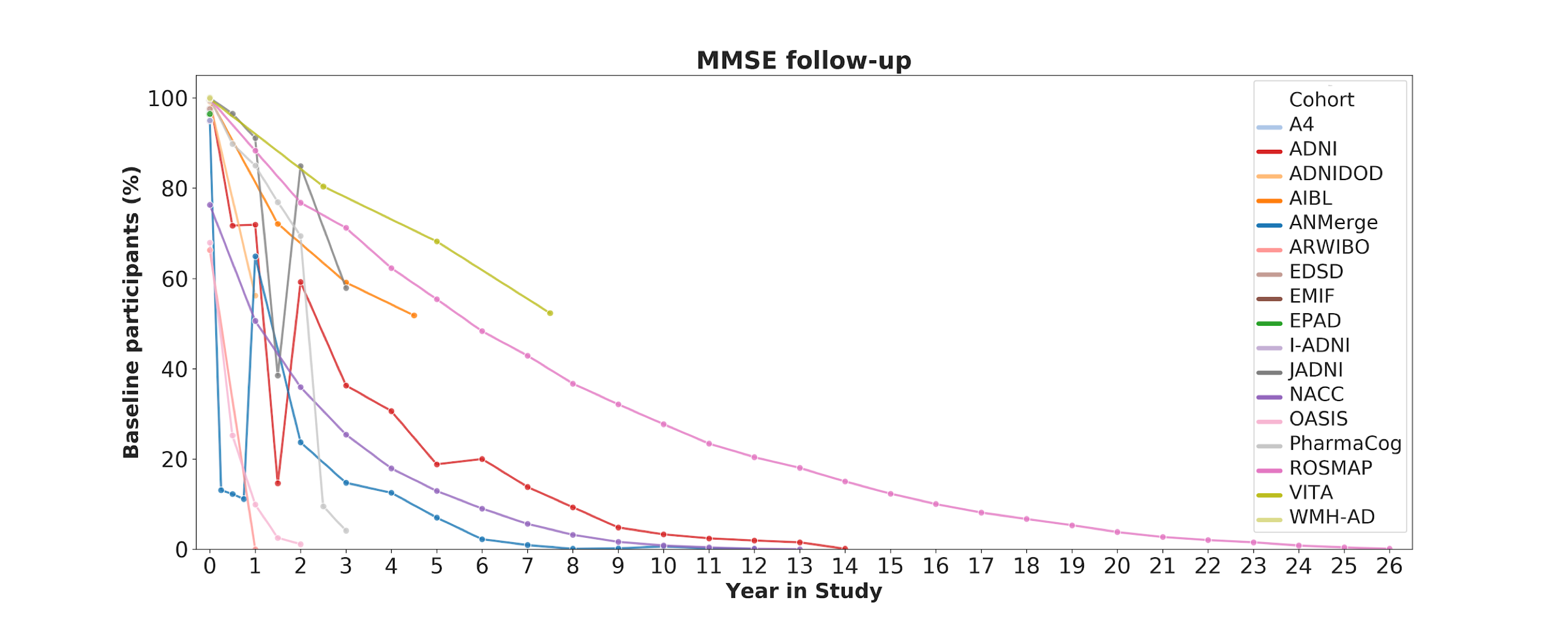Yasamin Salimi
Systematic evaluation of cohort studies in Alzheimer’s disease
PhD student, Yasamin Salimi, details her ongoing work with investigating and mapping the Alzheimer’s disease patient data landscape to construct an expansive overview and researcher-friendly tool for clinical cohort exploration and selection.
Which dataset suits your research?
With the rapid growth of Alzheimer’s disease (AD) data, the selection of a suitable dataset becomes a difficult task. What is the most appropriate cohort according to your goals and research question? Which biomarkers are essential to conduct your research? Are the biomarkers from different datasets compatible to perform a meta-analysis? A myriad of such questions will drive a researcher's selection of the most appropriate dataset for their study. However, it is impossible to know the answers beforehand unless we have an holistic view of the existing cohorts in the field. Thus, a comprehensive data catalog is essential to extensively describe the content existing in AD cohorts [1].
From multiple datasets to an open data catalog
To facilitate a researcher’s decision on the most suitable dataset for their goals, we aim to develop a openly available web application that allows researchers to investigate the properties of major clinical AD datasets. We plan to show the availability of data on feature as well as modality level, the distribution of patient demographics (i.e. targeted population characteristics) and the total number of collected measurements per patient throughout each cohort study. We will also display the proportion of collected measurements for a specific feature over study runtime (e.g. Figure 1 illustrates the percentage of available measurements for Mini–Mental State Examination (MMSE) score among multiple AD datasets). Additionally, we plan to map all mutual features across investigated cohort studies to each other in order to evaluate the magnitude of feature overlap and point out the heterogeneity of the measurements that have been collected in the AD field. Our tool will thus provide means to assist researchers in finding the most relevant cohorts based on the essential features to their research. To the best of our knowledge, this web application will be the first resource that unravels the data stemming from 20 distinct cohort studies on a high-granular level and ultimately offers the AD research community an extensive view of the cohort landscape.
